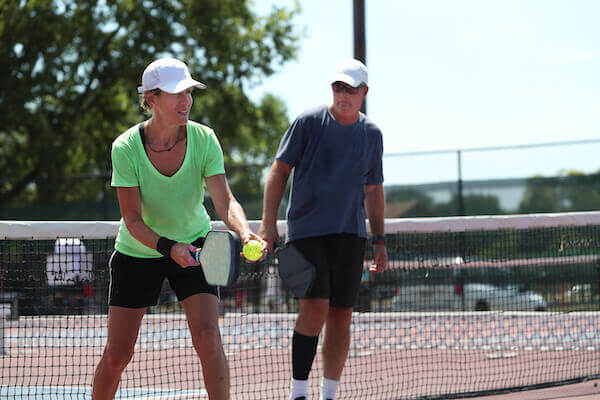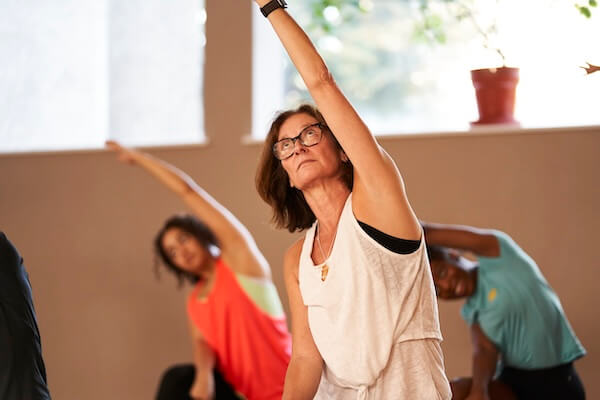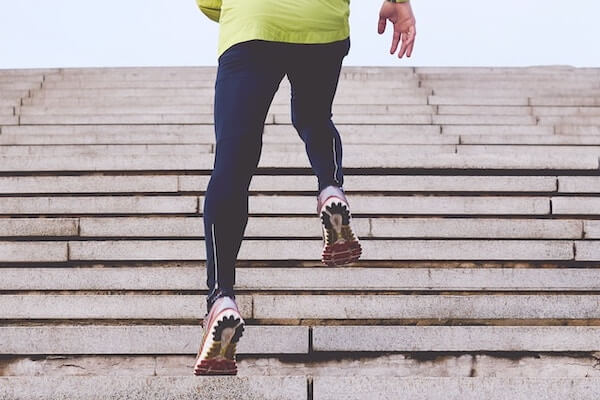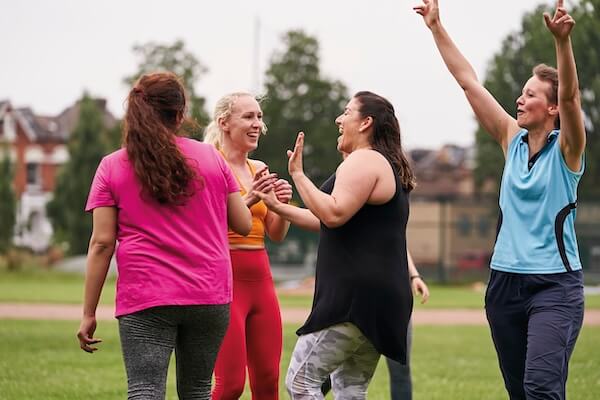
In our busy lives, where we often find ourselves glued to chairs due to work or technology, an important study has shown just how crucial even the smallest bits of movement are for our health and longevity.
This study published in the British Journal of Sports Medicine, which looked at information from thousands of people of different ages, discovered something fascinating about physical activity and how it affects the chances of living a longer, healthier life. It found that every single minute of moderate-to-vigorous physical activity (MVPA) can significantly impact our well-being, regardless of how much time we spend sitting still.
Insights from the Study
This research focused on understanding how sitting for long periods and being physically active relate to our risk of not living as long. The findings were quite eye-opening: spending more than 12 hours sitting each day was connected to a higher chance of not living as long, but this was true only for people who did less than 22 minutes of MVPA daily. This means that while sitting for too long might not be good for our health, regular physical activity can really help lower the risk.
What's particularly exciting is that doing more MVPA consistently showed a lower risk of not living as long, no matter how much time someone spent sitting. This suggests that moving more, even if we sit for a long time, can significantly reduce the risk of passing away early.
Why Each Minute of Movement Matters
So, why is each minute of movement so important?
The reason lies in the fantastic benefits that physical activity brings to our bodies. Even a small amount of exercise triggers many positive changes within us. It makes our heart stronger, improves blood flow, boosts our mood, helps us think better, and keeps our weight in check. And here's the cool part: these benefits add up with each minute of activity, gradually making our bodies healthier and stronger.
Practical Tips for Adding Movement
But how can we bring more movement into our daily routines without feeling overwhelmed?
It doesn't have to be complicated! Simple changes can make a big
difference. Here are some easy tips inspired by the study:
Break Up Sitting Time: Incorporate Regular Movement Breaks
Setting
reminders to stand, stretch, or take short walks every hour
is a great way to break up prolonged sitting. For instance, you
can:
- Stand up and do simple stretches at your desk, reaching your arms overhead or stretching your legs.
- Take a brief two-minute walk around your office or home. A quick stroll can help refresh your mind and body.
- Perform simple exercises like squats, leg lifts, or calf raises near your workstation.
Choose Activities You Enjoy: Find Pleasure in Being Active
Engaging in activities that you genuinely enjoy makes staying
active more enjoyable and sustainable. Some examples include:
- Dancing to your favorite music for 20-30 minutes each day. It's fun, helps burn calories, and uplifts your mood.
- Gardening can be a therapeutic and active hobby. Digging, planting, and watering plants involve bending, stretching, and moving around.
- Biking around your neighborhood or cycling on scenic trails not only offers exercise but also allows you to explore new places.
- Playing with friends or pets—whether it's a game of frisbee, a sport like tennis, or chasing your dog around the yard—keeps you moving while having fun.
Looking for more ideas? Try our search for local
activities across Australia.
Start Small, Go Slow: Gradually Increase Physical Activity
Starting with manageable goals and steadily
increasing them over time builds consistency and avoids
overwhelming yourself. For instance:
- Begin by adding an extra 10 minutes of brisk walking to your daily routine. This could be a brisk walk around your block before or after work.
- Gradually increase the duration or intensity of your workouts. For example, if you're comfortable with a 20-minute walk, aim for 25 or 30 minutes after a couple of weeks.
Sneak Movement into Your Day: Make Everyday Tasks More Active
Finding ways to infuse activity into your daily routine can significantly increase your overall movement. You can:
- Opt for stairs instead of elevators or escalators whenever possible. Climbing stairs provides a quick burst of exercise.
- Walk or bike for short trips to nearby places like the grocery store, a friend's house, or the local park.
- Consider using a standing desk at work. This encourages periodic standing and moving while you work, reducing prolonged sitting time.
Make It a Habit: Establish Consistent Exercise Times
Consistency is key to making physical activity a regular part of your life. Establishing a routine involves:
- Scheduling specific times for exercise, just as you would for any important appointment. Whether it's in the morning, during lunch breaks, or in the evening, make it a non-negotiable part of your day.
- Setting reminders or alarms on your phone or calendar to prompt and encourage you to stick to your exercise schedule.
- Finding an exercise buddy or joining a group class can also provide accountability and make sticking to your routine more enjoyable.
By implementing these strategies and examples into your daily life, you'll find it easier to incorporate more movement and ultimately lead a healthier, more active lifestyle.
Conclusion
Every minute matters when it comes to physical activity and its impact on our health. The study's findings remind us that even the tiniest effort to move more can make a big difference in living a healthier, longer life.
Whether it's a short stroll during lunch, choosing to walk a bit more, or grooving to your favorite tunes at home, remember that each moment of movement is an investment in your well-being. Let's embrace the power of movement—one step, one minute at a time—for a healthier and happier life.






